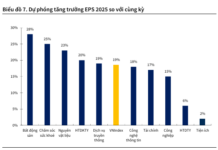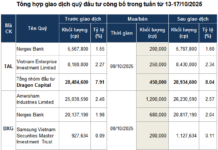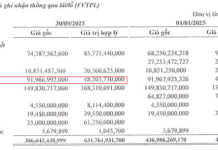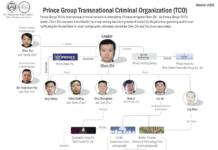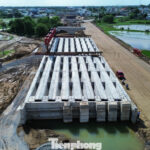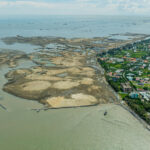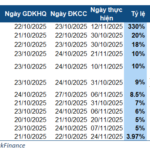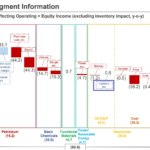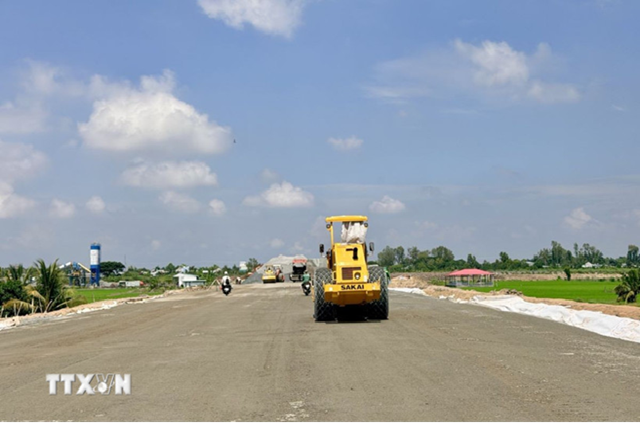
Illustrative image. (Photo: Thanh Sang/TTXVN)
|
The Standing Committee of the Hai Phong City Party Committee has recently approved and tasked the Party Committee of the City People’s Committee with overseeing the necessary procedures to initiate the investment in the East-West connectivity road project.
The City Party Committee, People’s Council, and People’s Committee have collectively identified this road as a critical priority for investment during the 2026-2030 period, with its inclusion already approved in the city’s medium-term public investment plan for the same timeframe.
According to the Party Committee of the Hai Phong City People’s Committee, the current transportation link between the western urban area (formerly Hai Duong City) and the eastern region (formerly Hai Phong City) primarily relies on two routes: National Highway 5 and the Hanoi-Hai Phong Expressway.
However, these existing connections are increasingly constrained and inefficient, creating significant bottlenecks that hinder Hai Phong’s economic development.
The East-West connectivity road aims to reduce travel time between the western urban center and Hai Phong’s city center, seamlessly integrating key economic, industrial, port, aviation, and logistics hubs. This project will unlock new development spaces, generate additional land along the corridor, and synchronize regional and inter-regional transportation networks. These include Ring Road I of former Hai Duong City, the future Capital Region’s Ring Road V, the Kim Thanh East-West Axis, Provincial Roads 390 and 390B, National Highways 17B and 10. The road is expected to drive investment and socioeconomic growth in the newly consolidated Hai Phong City.
As outlined by the Party Committee of the City People’s Committee, the East-West road will originate at the intersection of Ring Road I (former Hai Duong City) and the access road to Bùi Thị Xuân Bridge. Its terminus will be at the junction of National Highway 10 and Nguyen Truong To Street.
Spanning 23.5 kilometers, the route will traverse Nam Dong, Ai Quoc, An Duong, and An Phong wards, as well as Ha Tay, Thanh Ha, Ha Bac, Ha Nam, and Kim Thanh communes.
Designated as a primary urban arterial road, it will primarily serve as a major thoroughfare, with an anticipated vehicle growth rate of 3.5-5% annually.
The road’s design features a 68-meter width, comprising a six-lane dual carriageway for trucks, buses, and cars with a minimum speed of 80 km/h; parallel lanes for motorcycles and cars with a maximum speed of 60 km/h; and a 15-meter central median reserved for future public transit systems. Each side will include a 21-meter frontage for access roads, supporting development along the corridor. The total investment for the project is estimated at 19,128 billion VND.
The Party Committee of the City People’s Committee also proposes implementing the project through public-private partnerships, specifically a Build-Transfer (BT) model funded entirely by private investors, with land allocations as payment.
Upon completion, the East-West road is projected to unlock approximately 11,777 hectares of land, including 2,398 hectares for industrial use, 2,229 hectares for new urban and commercial areas, 1,531 hectares for high-tech agriculture, 817 hectares for new transportation infrastructure, and 4,792 hectares for tourism, public services, technical infrastructure, water bodies, and green spaces.
Mạnh Tú
– 11:45 19/10/2025
Billion-Dollar Infrastructure Projects Transforming Connectivity Between Tay Ninh and Neighboring Provinces
Over the next five years, Tay Ninh province plans to mobilize a total investment of over 152 trillion VND for infrastructure development. This includes approximately 39 trillion VND from the central budget, more than 32 trillion VND from the provincial budget, and around 79 trillion VND from non-budget sources.
Vingroup Aims to Build Vietnam’s Most Advanced Sea-Crossing Highway, Top in Southeast Asia: Transforming Ho Chi Minh City into the “Dragon” of the Region?
The trans-sea route is poised to become a new symbol of prosperity and development for Ho Chi Minh City.
Unveiling the Secret Behind Sold-Out Launches: The Investment Wave Sweeping Gated Communities
The phenomenon of “sold-out upon launch” is sweeping across various provinces, particularly in master-planned communities with integrated investments and professional management. In Tân Hưng Ward, Hai Phong, the Ecorivers Urban Area, specifically its mid-rise Eco Riverside subdivision, has set a new benchmark. Immediately after its launch, the project witnessed an unprecedented surge in transactions, creating a ripple effect among investors and solidifying its status as a highly sought-after development.
Over 43,000 Private Enterprises Contribute 50% to Hai Phong’s Budget
At the entrepreneur meeting, Mr. Le Ngoc Chau, Chairman of the Hai Phong City People’s Committee, affirmed that the city is committed to consistently supporting and creating the most favorable conditions for local private enterprises to achieve sustainable growth and success, focusing on six key solution groups.
















